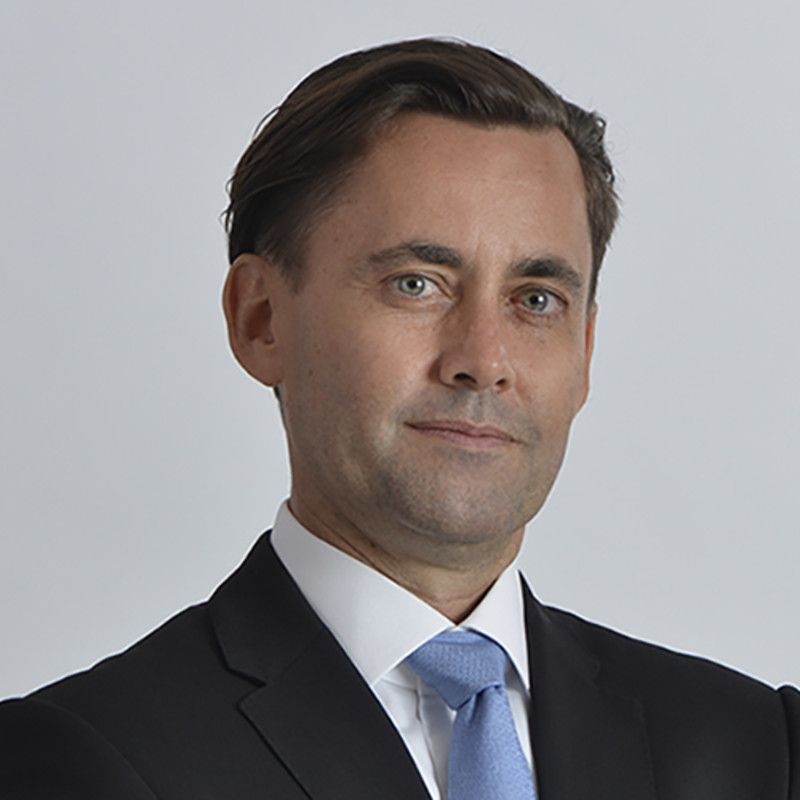Key points
- Contrarian biased strategy in Asia Pacific equities, targeting an active share in excess of 80%
- Value with a future: Unique blend of value style and momentum awareness
- Concentrated portfolio driven by bottom-up selection targeting approximately 60-90 positions
About this fund
Robeco Asia-Pacific Equities is an actively managed fund that invests in stocks in developed and emerging Asian-Pacific countries. The selection of these stocks is based on fundamental analysis. The fund's objective is to achieve a better return than the index. The fund focuses on stocks of companies incorporated in Asia, Australia or New Zealand or those companies that exercise major part of economic activity from these regions. Country allocation is a less important performance driver, implemented via country and currency overlays.
Key facts
| Total size of fund | USD 1,178,479,838 |
| Size of share class | USD 21,665,181 |
| Inception date share class | 18-02-2010 |
| 1-year performance | 26.60% |
| Dividend paying | No |
Fund manager
 Joshua Crabb
Joshua Crabb Harfun Ven
Harfun Ven



